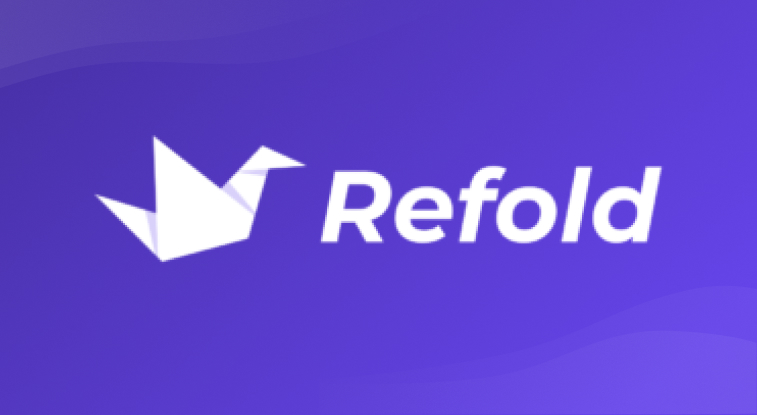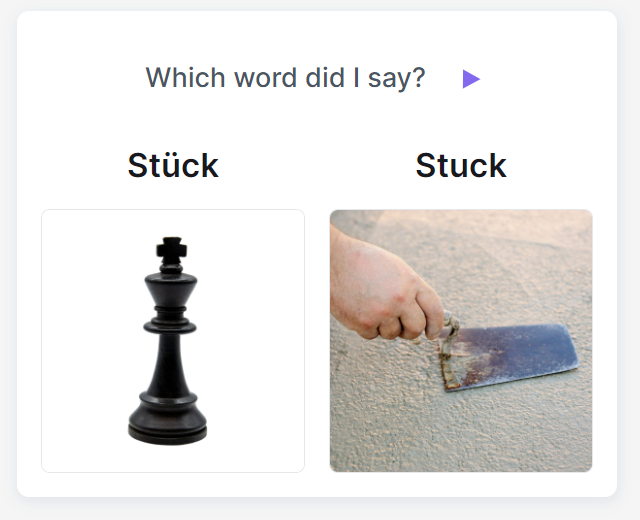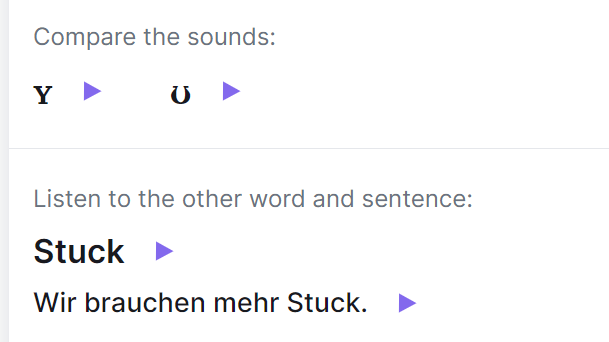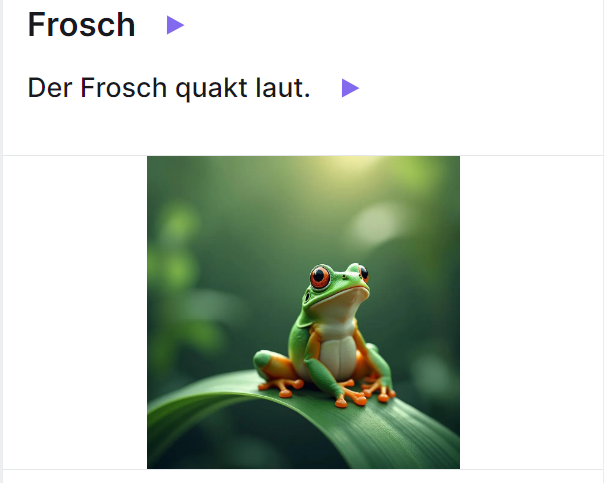About the deck
At Refold, we’re focused on teaching you to understand real German, as it’s actually spoken. Unfortunately, German has lots of weird features that make it hard to understand.
Why do you need to learn minimal pairs?
Every language has a set of sounds that it uses to make words. This is often called a “phonetic inventory” (if you want to be fancy). Words that only have one small difference in their pronunciation are called minimal pairs (for example, “sticken” and “Stücken,” or “Beten” and “betten”).
Speakers of a language can easily distinguish all the different sounds used in that language. After all, “Egge” and “Ecke” are different words!
But every language has a different set of sounds it considers to be “important.” So our brains learn to ignore the sounds that don’t matter. Which means that, if you want to learn another language, you have to retrain your brain to hear subtle differences between sounds, which might be incredibly easy (and important) to native speakers.
If you want to be able to understand and use German easily and naturally, you need to be able to hear the difference between “wann” and “Wahn!”
Introducing the German Minimal Pairs Trainer
Our German Minimal Pairs Trainer is made especially to help you understand German pronunciation as fast as possible.
We examined all the sounds that are used in German and used our years of experience in linguistics, phonology, and Second Language education to build a simple, useful and comprehensible minimal pairs trainer.
How to learn German Sounds
- Study each of the minimal pairs.
- Practice hearing the difference on your first try. Some are much harder than others.
- Immerse in German media content! You’ll need to expose yourself to the language to notice and reinforce the listening skills you’re building.
- Now that you’ve gotten a grasp on the sounds of German, everything will solidify in your head over time.
















